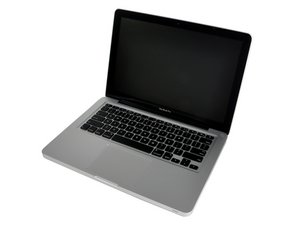Why is this thermal sensor acting crazy?
I have a mid 2012 13” MBP that I purchased back in December 2014. In 2017, the system started giving me serious kernel_task problems. The process used to jump over 300% even during idle time and the laptop became unusable. Doing some diagnosis gave me this error:
4SNS/1/C0000008: TAOP—124
Which I decipher as a faulty temperature ambient air optical drive power bus sensor. I also have the schematic for the A1278 logic board that this system works on and so I can approximately locate the location of this particular sensor. However, not every time my system is running the way I’ve described above. For example, during writing this question, I experienced lag a couple of times but also normal functioning side-by-side. Which means that the sensor is not 100% dead. It does work but something is not allowing it to work at full capacity. Also, there are so many sensors on the logic board, why did this particular sensor throw out the error?
As of my own experience, cleaning some dust a couple of days ago put my system to normalcy and I thought I fixed the issue but now it’s here again, sometimes working and sometimes not working. I’ve never spilled liquid so that is not the cause; maybe some moisture that I cannot avoid. What would subject the sensor to function randomly and can it be fixed?
Bu iyi bir soru mu?

 3
3 



 338
338  973
973 